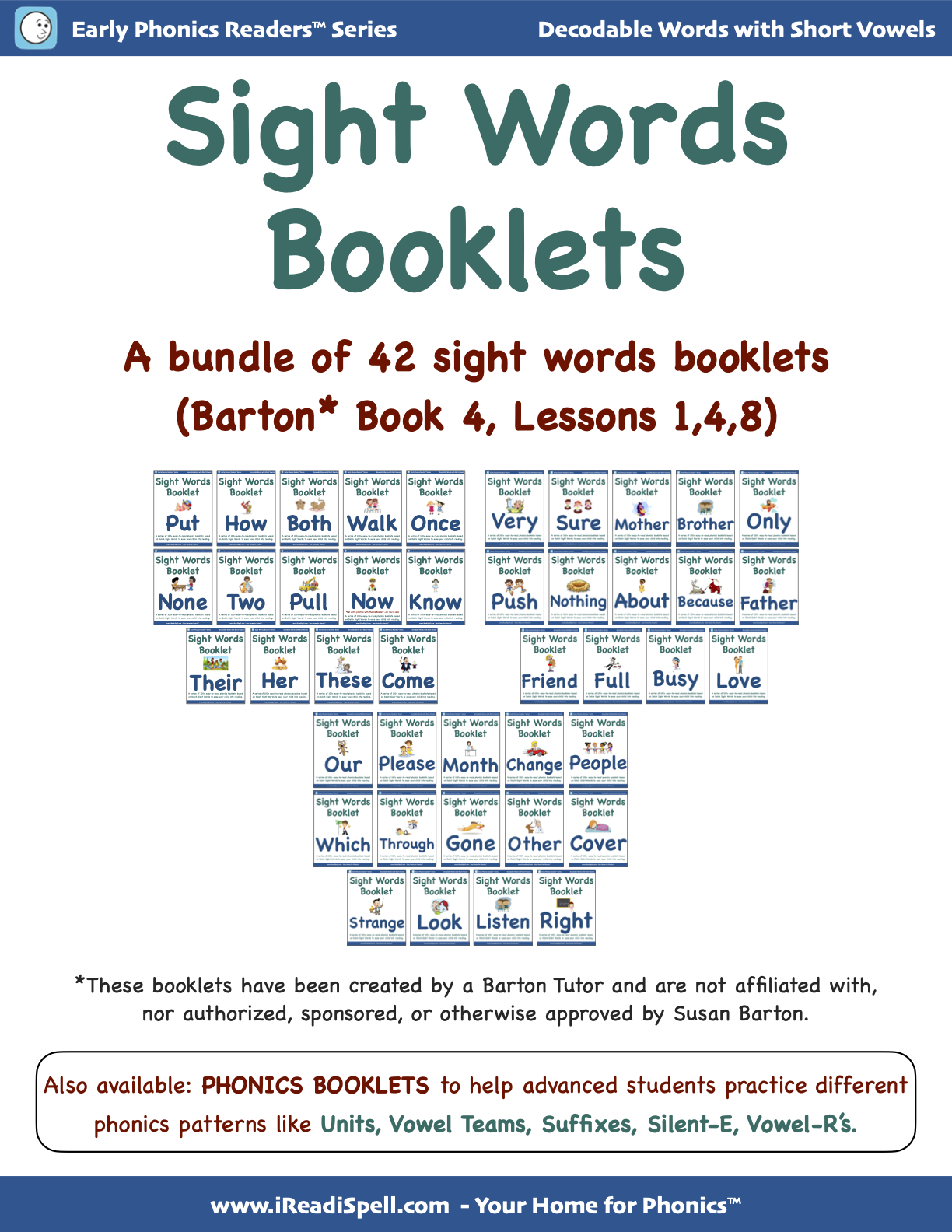

Let’s start with a definition of balanced literacy.īalanced literacy is a philosophical orientation that assumes that reading and writing achievement are developed through instruction and support in multiple environments using various approaches that differ by level of teacher support and child control. What’s the difference between balanced and structured literacy? Nor do I think that we have to throw away everything with the balanced literacy label.īut it’s time to take a good look at what we’re doing when we teach children to read.

This isn’t to say that I did every single thing wrong as a balanced literacy teacher, or that balanced literacy teachers today aren’t getting anything right. I now advocate a structured literacy approach to reading instruction. However, after a great deal of research into the science of reading, I now see things differently.
It’s the approach I learned in graduate school, the approach I used as a classroom teacher, and the approach I (used to) teach on my website and in my online course. I considered myself a “balanced literacy” teacher for many years. They have things in common, but when they’re referenced in the same breath they’re usually pitted against each other. Balanced and structured literacy are two different approaches to teaching reading.


 0 kommentar(er)
0 kommentar(er)
